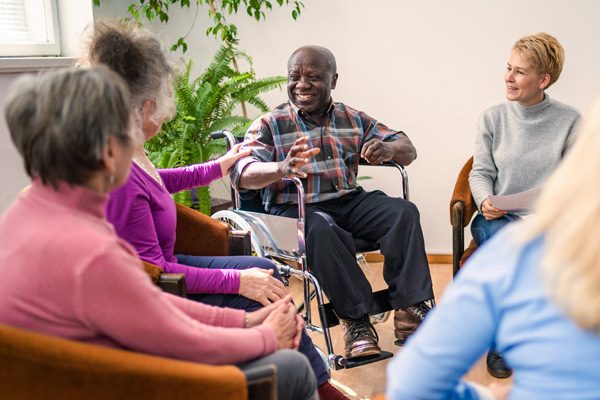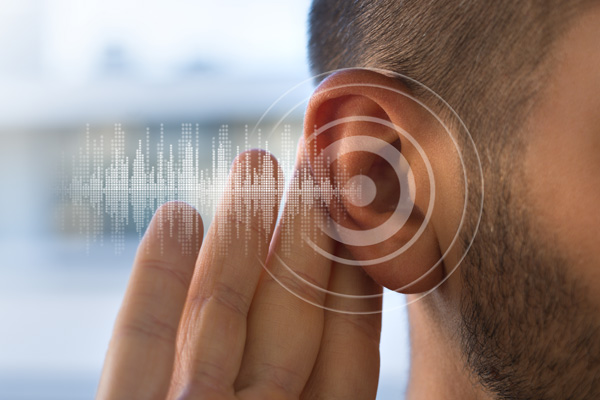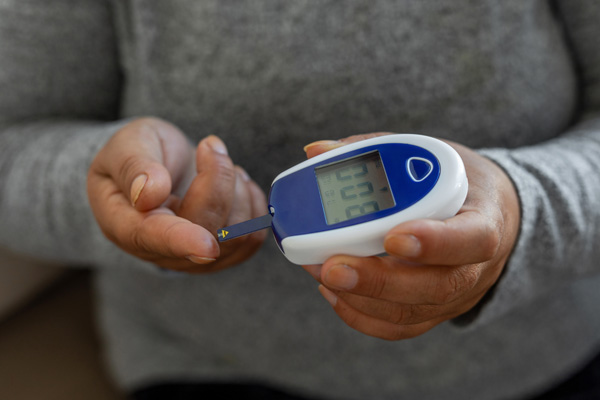What Is COPD? Understanding Symptoms & Early Signs
July 26, 2024

Health & Wellness Tips
Related Articles
-
Coping with Illness
![a woman with her hand on her chest taking a deep breath]()
Understanding Pulmonary Hypertension: Symptoms & Treatments
-
Coping with Illness
![a woman checking her lymph nodes in her underarm]()
Comprehensive Guide to Lymph Node Removal for Breast Cancer
-
Coping with Illness
![a woman in a gray tshirt holding her left breast as if in pain]()
Does Breast Cancer Hurt? Exploring Breast Pain Types and Causes
-
Wellness & Prevention
![What are Different Types of Breast Cancer_ Plus Treatment Options]()
What are Different Types of Breast Cancer? Plus Treatment Options
-
Coping with Illness
![What Breast Doctors Wish You Knew Western MA]()
What Breast Specialists Want You to Know About Breast Cancer
-
Coping with Illness
![a Black man consulting his doctor about sickle cell disease]()
Comprehensive Guide to Sickle Cell Disease Symptoms and Treatment
-
Coping with Illness
![a doctor examining cells under a microscope]()
Precision Medicine in Breast Cancer: Improving Care Options
-
Wellness & Prevention
![When to Get a Flu Shot]()
When to Get a Flu Shot This Year: What Experts Recommend
-
Coping with Illness
![a man holding his hand up to his ear demonstrating hearing loss]()
Understanding Hearing Loss: Causes, Symptoms & Solutions
-
Coping with Illness
![a person checking their blood sugar with a glucose monitor]()
Diabetes Management: Our Tips to Thrive with Diabetes
Back to Top


 We all get a little sick sometimes. A lingering cough, shortness of breath, recurring bronchitis, tightness in the chest…it’s all too easy to chalk these things up to the changing seasons, the myriad of viruses that come and go and even just to getting older.
We all get a little sick sometimes. A lingering cough, shortness of breath, recurring bronchitis, tightness in the chest…it’s all too easy to chalk these things up to the changing seasons, the myriad of viruses that come and go and even just to getting older. 











